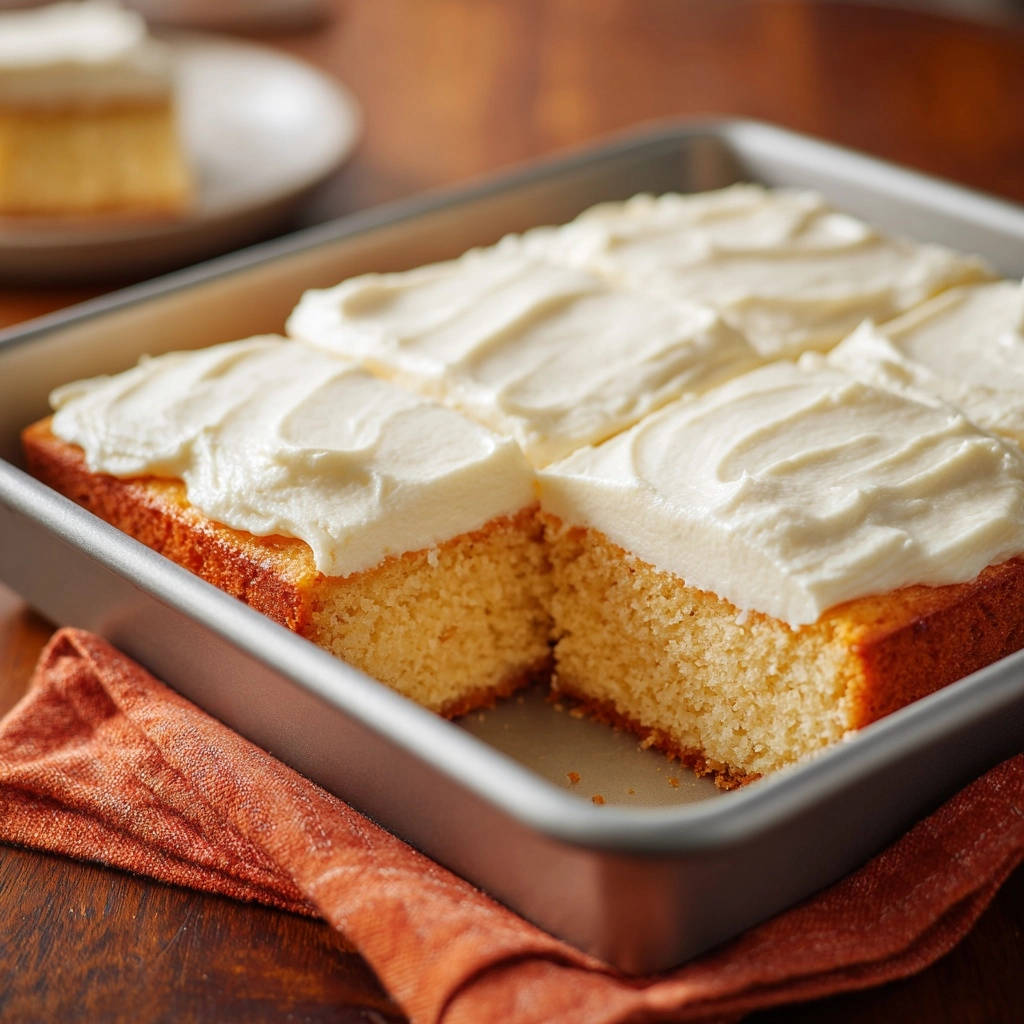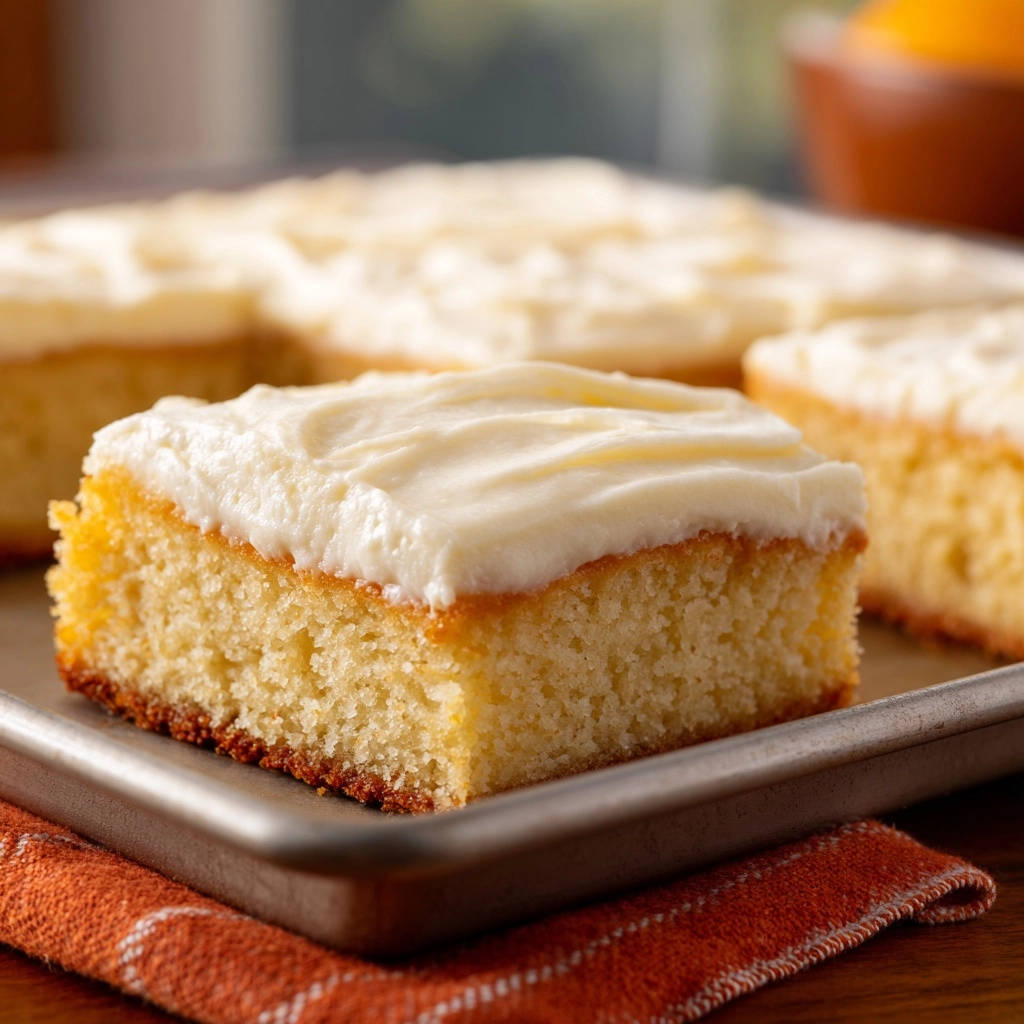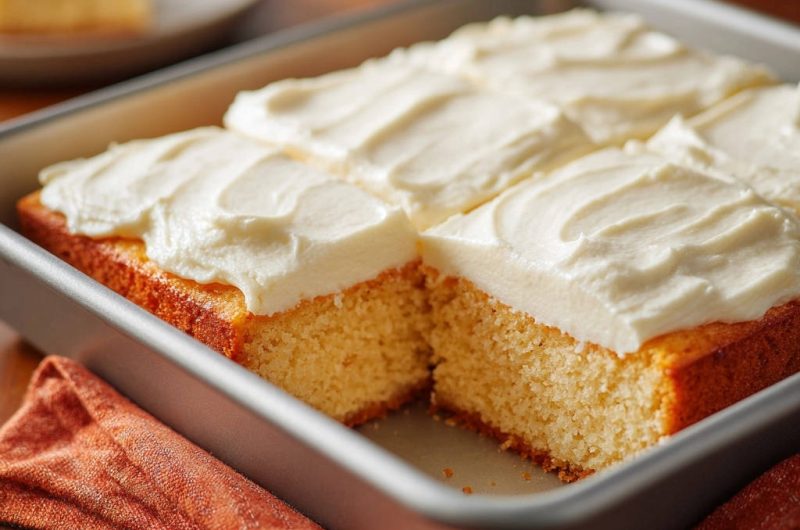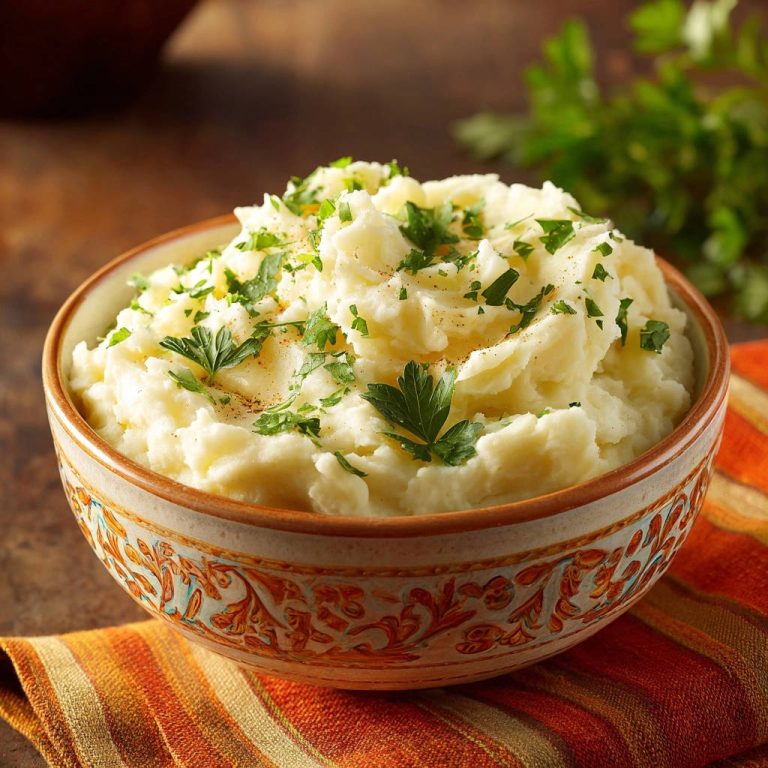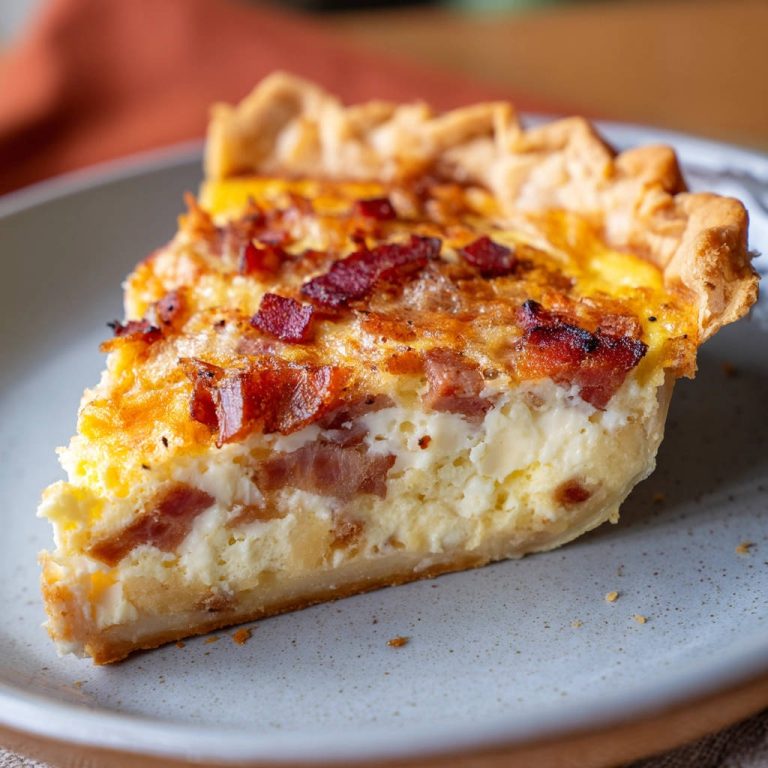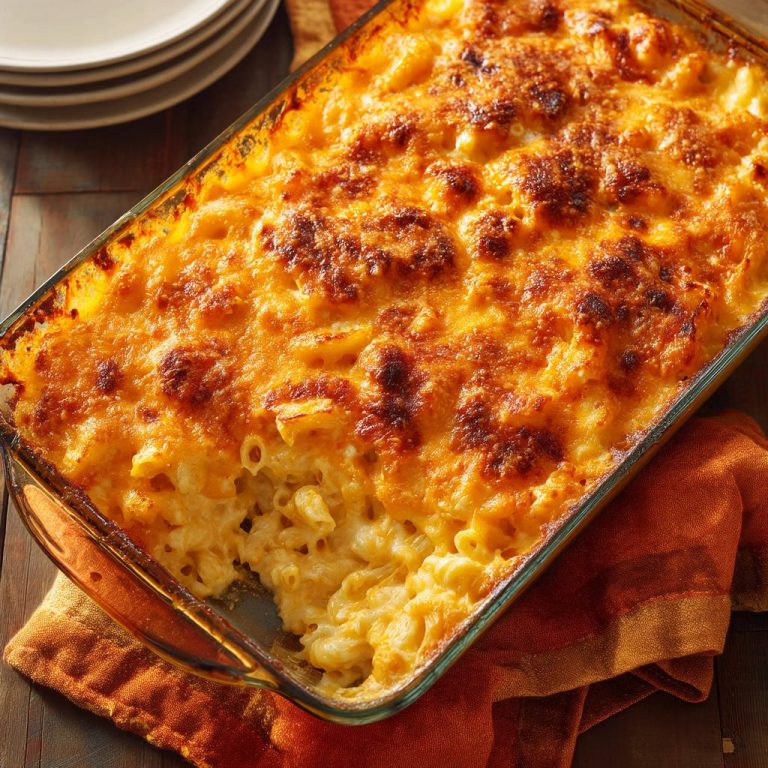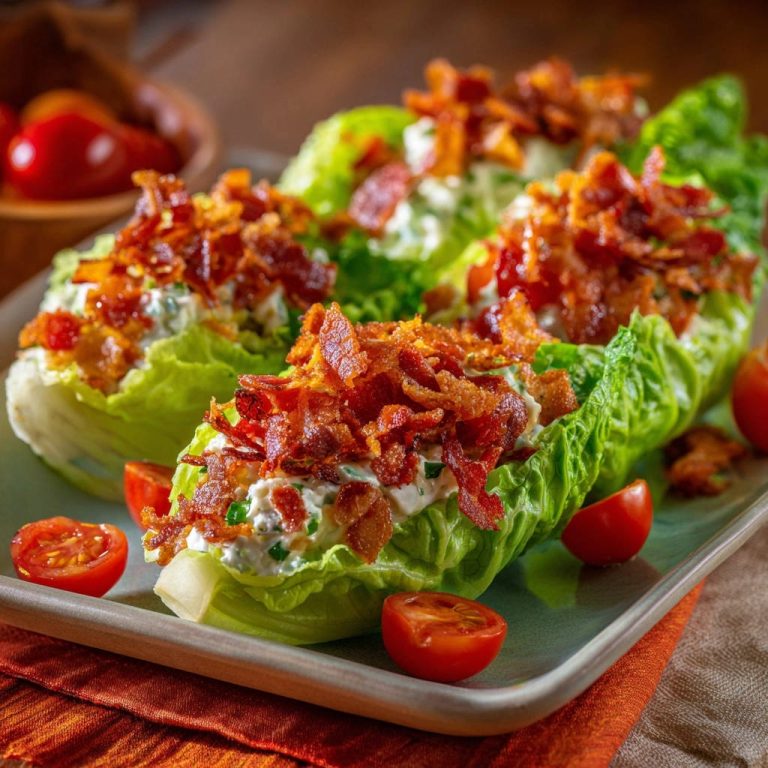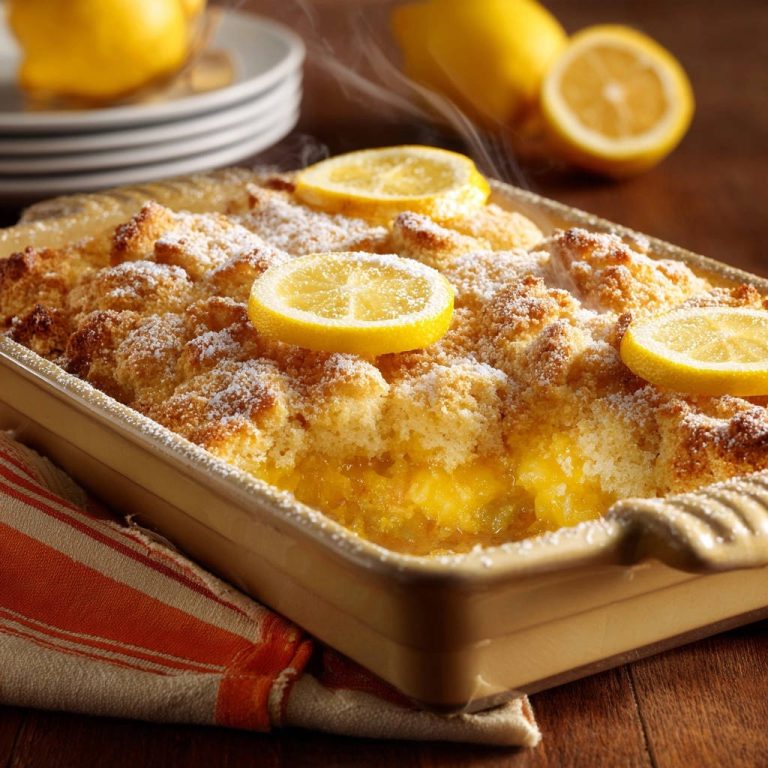There’s nothing quite like a homemade sheet cake, but I remember struggling to achieve that perfect, melt-in-your-mouth fluffiness that makes every bite heavenly. Many times, my cakes turned out disappointingly dry or a little too dense, but a simple trick changed everything. This Classic Vanilla Sheet Cake recipe delivers an incredibly light, moist, and absolutely perfect dessert every single time.
Why This Classic Vanilla Sheet Cake Will Be Your New Go-To
Say Goodbye to Dry, Dense Cakes
This recipe specifically tackles the common frustration of dry, crumbly cakes. We focus on a technique that guarantees exceptional moisture and tenderness.
Each slice maintains its delicate structure, ensuring a delightful eating experience without any dryness.
Effortless Perfection for Any Occasion
A sheet cake is inherently user-friendly, and this recipe is no exception. Its simple preparation makes it ideal for impromptu gatherings or planned celebrations.
It’s robust enough for transport yet elegant enough to impress, making it a versatile dessert solution.
The “Simple Trick” for Unbeatable Texture
The secret lies in the meticulous creaming of butter and sugar. This crucial step incorporates ample air into your batter.
The increased aeration creates a delicate, tender crumb that simply melts in your mouth. It’s the foundation of this cake’s signature lightness.
Gather Your Essentials: What You’ll Need for Baking Bliss
For the Cake: Building Blocks for a Light Crumb
Achieving a truly light and moist cake starts with quality ingredients, used at the right temperature.
- All-Purpose Flour: Provides structure to hold the cake’s airy crumb.
- Baking Powder & Salt: Essential leavening and flavor enhancers for proper rise and balance.
- Unsalted Butter (Softened): Contributes richness and moisture; its softened state is crucial for creaming.
- Granulated Sugar: Sweetens the cake and helps tenderize the crumb.
- Large Eggs (Room Temperature): Bind ingredients and add richness; room temperature eggs emulsify better.
- Vanilla Extract: The heart of this classic flavor, ensuring a warm, inviting aroma.
- Milk (Room Temperature): Adds moisture and helps activate the leavening agents.
For the Frosting: Creamy, Dreamy Topping
A velvety smooth frosting is the perfect complement to the delicate cake.
- Unsalted Butter (Softened): The base for a rich, creamy buttercream.
- Powdered Sugar (Sifted): Provides sweetness and ensures a lump-free, smooth texture.
- Milk or Cream: Adjusts the consistency of the frosting to a perfect spreadable consistency.
- Vanilla Extract: Enhances the classic vanilla flavor profile of the frosting.
- Pinch of Salt: Balances the sweetness and amplifies other flavors.
Equipping Your Kitchen: Must-Have Tools for Sheet Cake Success
Having the right tools ready makes the baking process smooth and enjoyable. These essentials ensure your Classic Vanilla Sheet Cake turns out perfectly.
Basic Baking Pan Requirements
A sturdy 9×13 inch baking pan is ideal for this recipe, ensuring even baking and easy slicing.
Properly greasing and flouring the pan prevents sticking and ensures your beautiful cake releases effortlessly.
Mixing & Measuring Made Easy
An electric mixer (stand or hand-held) is indispensable for achieving the “fluffy factor” in this recipe.
You’ll also need large and medium mixing bowls, along with accurate measuring cups and spoons for consistent results.
Cooling & Finishing Touches
A wire rack is crucial for cooling the cake completely, preventing sogginess and melting frosting.
A sturdy offset spatula or silicone spatula will make spreading the frosting a breeze, ensuring an even layer.
Your Step-by-Step Guide to Classic Vanilla Sheet Cake Perfection
-
Cake Prep & Dry Ingredients
Start by preheating your oven to 350°F (175°C). This ensures the oven is at the correct temperature when the cake enters, promoting a consistent rise.
Grease and flour your 9×13 inch baking pan meticulously. This vital step prevents sticking and guarantees your cake releases cleanly from the pan.
In a medium bowl, whisk together the all-purpose flour, baking powder, and salt. Whisking evenly distributes the leavening agent and salt, ensuring uniform texture and flavor in the final cake.
-
The Fluffy Factor: Creaming Butter & Sugar (The Secret Step!)
In a large mixing bowl, use an electric mixer to beat the softened unsalted butter and granulated sugar together on medium-high speed.
Continue beating for 3 to 5 minutes, or until the mixture becomes very light, pale, and fluffy. This extended creaming time is the “simple trick” for incorporating maximum air, creating the incredibly tender and open crumb that defines this cake.
-
Wet Ingredients & Alternating Additions
Beat in the large eggs one at a time, mixing well after each addition until fully incorporated. This allows for proper emulsification, preventing a curdled batter.
Stir in the vanilla extract, ensuring that delightful aroma permeates the cake.
With the mixer on low speed, gradually add about one-third of the whisked dry ingredients to the butter mixture, mixing just until combined. Then, slowly pour in half of the room temperature milk, mixing until just incorporated.
Repeat this process with another third of the dry ingredients, then the remaining milk, and finally the last of the dry ingredients. Be careful not to overmix the batter; mix only until no streaks of flour remain, as overmixing can develop gluten excessively, leading to a tough, dry cake.
-
Baking to Golden Perfection
Pour the prepared batter evenly into your greased and floured baking pan and spread it gently with a spatula to ensure a level cake.
Bake for 30 to 35 minutes, or until a wooden skewer or toothpick inserted into the center comes out clean. This indicates the cake is fully cooked through without being overbaked.
-
Crafting the Velvety Vanilla Frosting
While the cake cools, prepare your frosting. In a large bowl, beat the softened butter until it is light and creamy.
Gradually add the sifted powdered sugar, alternating with the milk or cream, beating until the frosting is smooth and wonderfully spreadable. Sifting the sugar prevents lumps, ensuring a silky finish.
Stir in the vanilla extract and a pinch of salt to balance the sweetness and deepen the flavor profile.
-
Assembly & Serving Your Masterpiece
Let the cake cool completely in the pan on a wire rack before attempting to frost it. This is critically important to prevent the frosting from melting into the warm cake, creating a messy result.
Once cooled, spread the velvety vanilla frosting evenly over the top of the cake. Cut into squares and serve your beautifully fluffy Classic Vanilla Sheet Cake.
Unlock Pro Secrets: Elevating Your Classic Vanilla Sheet Cake Game
The Magic of Room Temperature Ingredients
Using room temperature butter, eggs, and milk is paramount. These ingredients emulsify seamlessly, creating a smooth batter that traps air more efficiently.
Cold ingredients resist combining, leading to a lumpy batter and a potentially denser cake. Plan ahead for optimal results.
Mastering the Mix: Preventing Toughness
The moment you add flour, mix only until just combined. Overmixing develops gluten, which can make your cake tough and chewy instead of tender.
Look for just a few streaks of flour remaining, then stop. A truly fluffy cake comes from a light hand.
The Patience of Cooling: Why It Matters
Cooling the cake completely is non-negotiable before frosting. Warm cake will instantly melt your beautiful buttercream, causing it to slide off.
Allowing the cake to cool fully on a wire rack also prevents it from becoming soggy on the bottom.
Sifting Success: For the Smoothest Frosting
Always sift your powdered sugar for the frosting. This simple step removes any clumps, guaranteeing a perfectly smooth, velvety buttercream.
A lump-free frosting enhances the overall eating experience of your Classic Vanilla Sheet Cake.
Know Your Oven: Temperature Checks
Oven temperatures can vary significantly. Using an oven thermometer provides an accurate reading, preventing under- or over-baking.
Consistent oven temperature ensures your cake bakes evenly and achieves the perfect golden-brown finish.
Common Cake Quandaries & Easy Fixes
Why Is My Cake Dry or Crumbly?
A dry cake often results from overbaking or using too much flour. Ensure you measure flour accurately by spooning it into the cup and leveling it off.
Adjust your baking time; test for doneness at the lower end of the suggested range to prevent moisture loss.
My Cake Sank in the Middle! What Happened?
Sinking can occur if the oven door is opened too early, causing a sudden temperature drop. It can also be a sign of underbaking, where the cake’s structure isn’t fully set.
Ensure your leavening agents aren’t expired and resist peeking into the oven until near the end of the baking time.
Help! My Frosting is Too Thin/Thick.
If your frosting is too thin, gradually add more sifted powdered sugar, a tablespoon at a time, until the desired consistency is reached. For frosting that’s too thick, add milk or cream, a teaspoon at a time, mixing well after each addition.
Consistency is key for spreadability. Aim for a texture that holds its shape but is easy to glide over the cake.
My Cake Edges are Brown but the Middle Isn’t Done.
This often points to hot spots in your oven or using a dark metal pan, which absorbs more heat. Rotate your pan halfway through baking to promote even cooking.
You can also loosely tent the cake with foil if the edges are browning too quickly while the middle still needs time.
Enjoying Your Classic Vanilla Sheet Cake: Tips & Tricks
Perfect Pairings & Serving Suggestions
This versatile Classic Vanilla Sheet Cake shines on its own, but it also pairs wonderfully with fresh berries or a scoop of vanilla bean ice cream.
Serve it alongside a hot cup of coffee or tea for a delightful afternoon treat.
Storing Your Leftovers (If There Are Any!)
Store your frosted sheet cake in an airtight container at room temperature for up to 3-4 days. This keeps it moist and fresh.
If your kitchen is particularly warm, or if you prefer, refrigerate it, but bring it to room temperature before serving for the best texture.
Bake Ahead: Prepping for Parties
You can bake the cake layers a day in advance. Once completely cooled, wrap them tightly in plastic wrap and store at room temperature.
For longer storage, the unfrosted cake can be wrapped well and frozen for up to a month. Thaw at room temperature before frosting.
Your Top Questions Answered: Classic Vanilla Sheet Cake Edition
Can I Make This Gluten-Free?
Yes, you can substitute the all-purpose flour with a 1:1 gluten-free baking flour blend. Ensure your blend contains xanthan gum for optimal structure.
Results may vary slightly in texture, but it will still be a delicious alternative.
Can I Use Different Frosting?
Absolutely! While our classic vanilla buttercream is perfect, this cake also pairs beautifully with cream cheese frosting, chocolate ganache, or even a simple fruit glaze. You could also try making our silky smooth cheese sauce if you’re experimenting with savory toppings too!
How Long Does This Cake Last?
When stored properly in an airtight container at room temperature, this Classic Vanilla Sheet Cake will stay fresh and moist for 3 to 4 days.
Refrigeration can extend its life, but it’s best enjoyed closer to baking for peak flavor and texture.
Can I Freeze This Cake?
Yes, this cake freezes wonderfully! For best results, freeze the unfrosted cake. Wrap it tightly in plastic wrap, then in foil, and freeze for up to 2 months.
Thaw in the refrigerator overnight, then bring to room temperature before frosting and serving. You might also find similar tips for preserving baked goods in our guide on how to keep banana bread moist.
What’s the Best Way to Measure Flour?
The most accurate way to measure flour is the “spoon and level” method. Lightly spoon flour into your measuring cup until overflowing, then level it off with a straight edge like a knife.
Scooping directly from the bag can compact flour, leading to too much in your recipe and a dry cake.
Can I Make This Recipe in a Different Sized Pan?
Yes, you can, but baking times will vary. A smaller pan will yield a thicker cake requiring more bake time, while a larger pan will be thinner and bake faster.
You may need to adjust the recipe quantity for significantly different pan sizes. Always use the toothpick test for doneness.
Ready to Create Your Own Classic Vanilla Sheet Cake Memory?
This Classic Vanilla Sheet Cake recipe is more than just a dessert; it’s an invitation to create joy and share delicious moments. With its signature fluffiness and irresistible vanilla flavor, it’s bound to become a cherished family favorite.
Don’t wait! Gather your ingredients and try this foolproof recipe today. We’d love to hear how your cake turns out!
Classic Vanilla Sheet Cake
Course: DessertCuisine: American CuisineDifficulty: easy12
servings20
minutes30
minutes50
minutesAmerican Cuisine
Ingredients
For the Cake:
2 and 1/4 cups all-purpose flour
1 and 1/2 teaspoons baking powder
1/2 teaspoon salt
1 cup unsalted butter, softened to room temperature
1 and 3/4 cups granulated sugar
2 large eggs, at room temperature
1 tablespoon vanilla extract
1 cup milk, at room temperature
For the Frosting:
1/2 cup unsalted butter, softened
4 cups powdered sugar, sifted
1/4 cup milk or cream
1 teaspoon vanilla extract
Pinch of salt
Directions
- Preheat your oven to 350°F (175°C). Grease and flour a 9×13 inch baking pan.
- In a medium bowl, whisk together the flour, baking powder, and salt. Set aside.
- In a large mixing bowl, using an electric mixer, beat the softened butter and granulated sugar together on medium-high speed until the mixture is very light, pale, and fluffy, about 3 to 5 minutes. This step is key for incorporating air and achieving a tender crumb.
- Beat in the eggs one at a time, mixing well after each addition. Stir in the vanilla extract.
- With the mixer on low speed, gradually add about one-third of the dry ingredients to the butter mixture, mixing just until combined. Then, slowly pour in half of the milk, mixing until just incorporated. Repeat this process, ending with the remaining dry ingredients. Be careful not to overmix the batter; mix only until no streaks of flour remain. Overmixing can lead to a tough cake.
- Pour the batter evenly into the prepared baking pan and spread with a spatula.
- Bake for 30 to 35 minutes, or until a wooden skewer or toothpick inserted into the center comes out clean.
- Let the cake cool completely in the pan on a wire rack before frosting. This is important to prevent the frosting from melting.
- To make the frosting, in a large bowl, beat the softened butter until creamy. Gradually add the sifted powdered sugar, alternating with the milk or cream, until smooth and spreadable. Stir in the vanilla extract and a pinch of salt.
- Spread the frosting evenly over the cooled cake. Cut into squares and serve.
Notes
- Key tips for success: Beat butter and sugar until light and fluffy to incorporate air, do not overmix the batter, and ensure the cake cools completely before frosting to prevent melting.

